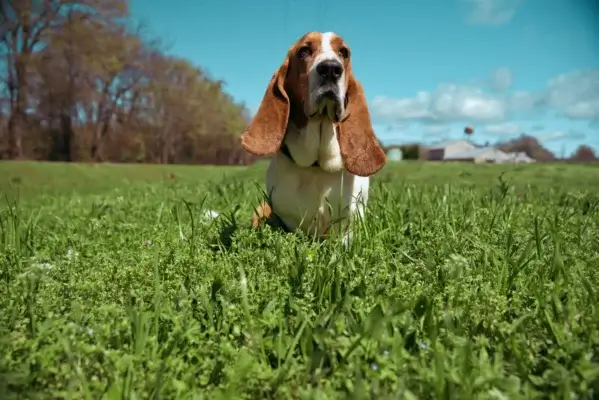Some dog breeds are naturally less energetic and lower maintenance than others regarding physical activity. A non-energetic dog can make a great pet for many, whether you live in an apartment or simply want a mellow couch buddy.
What Makes a Dog Breed Lazy?
Certain breeds tend to be lazier than others based on factors like their original purpose and physiology. Here are some common traits of low-energy dogs:
- Bred as companion dogs: Some dogs were historically bred just to be friendly housemates and lap warmers, not hunters or workers. These mellow companion breeds include Cavalier King Charles Spaniels, Greyhounds, and French Bulldogs.
- Short-nosed breeds: Brachycephalic (short-nosed) dogs like Bulldogs, Boxers, and Pugs tend to tire easily due to their breathing challenges. Their facial structure limits stamina.
- Small dog breeds:Tiny dogs have faster metabolisms and often expend more energy just existing and keeping warm. They tired out more quickly than larger dogs.
- Chilled out temperaments: Some dogs like Chow Chows, Mastiffs, and Shih Tzus are simply calmer by nature based on their genetics and personality. Their steady temperaments require less activity.
10 most Non-Energetic Lazy Dog Breeds
Here is an overview of 10 dog breeds that have a reputation for being more lazy and low-energy compared to other canines.
Basset Hound
With their long droopy ears, sad eyes, and short legs, Basset Hounds have a very distinct appearance. Originally bred as scent hounds to hunt small game, Basset Hounds move slowly and deliberately. They are not overly active dogs. A couple of short, daily walks will satisfy their exercise needs. Bassets are easygoing, calm, and not overly demanding of attention. Their mellow temperament and minimal activity requirements make them a good choice for families or individuals looking for a more laidback canine companion.
Bulldog
Known for their characteristic wrinkled face and sturdy, muscular build, Bulldogs are medium-sized dogs bred originally for bull-baiting. Despite their history, Bulldogs today have a reputation as being very chilled out and easygoing. These dogs are definitely couch potatoes at heart. Bulldogs require minimal exercise beyond short, daily walks. Inside the home, they are laidback and generally inactive. Due to their pushed-in faces, Bulldogs can overheat and struggle with breathing difficulties in very hot weather. For this reason, they are well-suited to life as calm indoor pets. Their affable, relaxed temperament makes Bulldogs a great pick for those seeking a lower energy dog.

Chow Chow
With their distinctive fluffy, lion-like mane, Chow Chows have a very unique appearance. These medium-large dogs were originally bred to guard property in China. While protective of their family, Chow Chows are known for being independent and aloof. Without proper socialization, Chow Chows can be wary of strangers. They are not overly excitable dogs and have fairly low energy needs. A couple of brisk daily walks is sufficient exercise for this breed. Their coat provides insulation, so overheating can be an issue for Chows. Overall, their combination of independence and low energy makes Chow Chows a good match for laidback individuals.
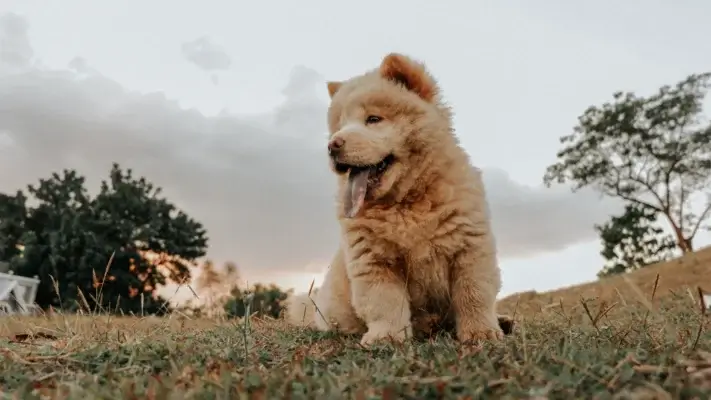
Greyhound
Best known for their speed and racing ability, it may be surprising to see Greyhounds on a list of low-energy dogs. In fact, when not racing, these tall, slender hounds are very mellow and laidback. Greyhounds are happy with light daily walks and make excellent pets for smaller living spaces. Despite their size, Greyhounds are gentle dogs that appreciate soft bedding where they can nap happily when not exercising. Their close-knit relationship with owners and quiet temperament indoors make Greyhounds a calm, affectionate companion.
Mastiff
As one of the largest dog breeds, Mastiffs are known as gentle giants. Originally developed as guard dogs, Mastiffs use their imposing size mainly for intimidation rather than action. These huge, powerful dogs are actually quite calm and inactive when indoors. Their exercise needs are minimal – a couple of daily walks suits most Mastiffs just fine. They enjoy lounging with their family and rarely demand vigorous activity. Mastiffs also tend to overheat easily. Their low energy level and devotion to their people make them excellent companions.

Newfoundland
The Newfoundland dog breed originated as a working dog adept at swimming and water rescue. Despite their strength and size, Newfoundlands have a reputation as calm house pets. They require moderate daily exercise but spend much of their indoor time napping or relaxing. Newfoundlands form close bonds with families, although they can be wary of strangers. They are easygoing dogs that do not demand constant play or interaction. Overall, Newfoundlands are peaceful, low-maintenance companions.
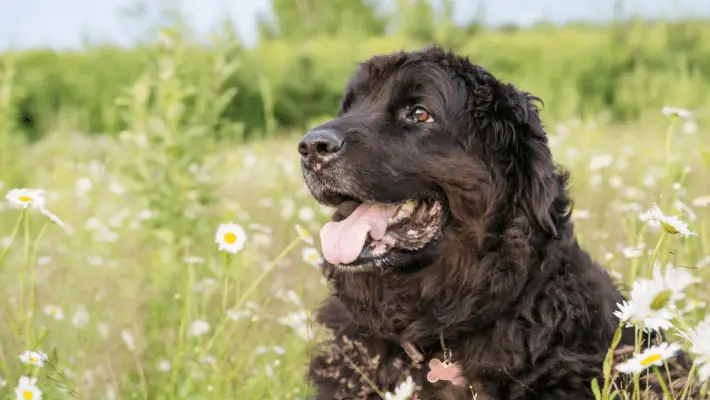
Pekingese
Originally bred to be lapdogs for Chinese royalty, Pekingese remain true to their regal heritage today. These petite but confident dogs have a bold personality packed into a small body. Though they can be independent and aloof with strangers, Pekingese form close attachments to their families. They require minimal exercise beyond short daily walks. True to their lapdog history, Pekingese enjoy lounging on soft surfaces and proximity to their beloved owners. Pekingese make excellent small dog options for those seeking a more laidback indoor companion.

Pug
Pugs have enjoyed popularity as household pets for centuries thanks to their loving personality and manageable size. These compact dogs have distinct wrinkly faces and curled tails. Though playful and charming, Pugs are lower energy dogs. Their exercise needs are moderate – short daily walks and some indoor playtime. One of their favorite activities is napping on comfy beds and sofas in their home. Pugs enjoy being with their families and thrive when allowed to follow their people throughout the home. Their affectionate and mellow temperament makes them a great choice for those seeking an easygoing small breed.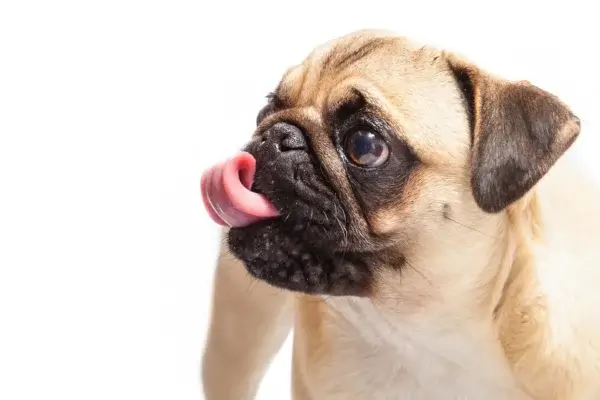
Saint Bernard
Originally bred to perform Alpine rescues, the Saint Bernard is a giant working breed. They are powerful and muscular dogs that require proper training and socialization from an early age. With their families, however, Saint Bernards are famously gentle, loyal, and low-key. These massive canines need moderate daily exercise but spend much of their time sleeping and relaxing indoors. Saint Bernards form close bonds with family members and enjoy being with their people. Saint Bernards do best living mainly inside with access to soft bedding and cool floors in warm months. Their combination of size and mellow temperament make them excellent indoor companions.
Shih Tzu
Though energetic as puppies, Shih Tzus tend to mellow into adulterhood and become lower energy small dogs. They were developed solely as companion pets with an affectionate nature and playful attitude. Shih Tzus form close bonds with family and thrive on human interaction. These petite dogs require minimal daily exercise beyond short walks. Much of their day is spent napping or resting happily at their owner’s feet. Shih Tzus enjoy attention but are not overly demanding of it. Their long flowing coat requires regular grooming. Overall, the Shih Tzu’s loyal and laidback personality makes this breed a relaxing indoor companion.

Tips for Living with a Low-Energy Dog
If you adopt one of these lazier dog breeds, keep these tips in mind:
- Give them light activity: Take short, regular walks and have indoor play sessions. Even lazy dogs need some exercise!
- Watch their diet: Less active dogs are prone to obesity, so feed a measured diet with appropriate calories.
- Provide mental stimulation: Low-energy dogs still need engagement. Give them chew toys, training games, and quality time with you.
- Adapt to their needs: If your dog gets tired easily, carry them when needed and avoid exerting too much.
- See the vet regularly: Some health conditions can cause lethargy. Have your pal checked out yearly.

